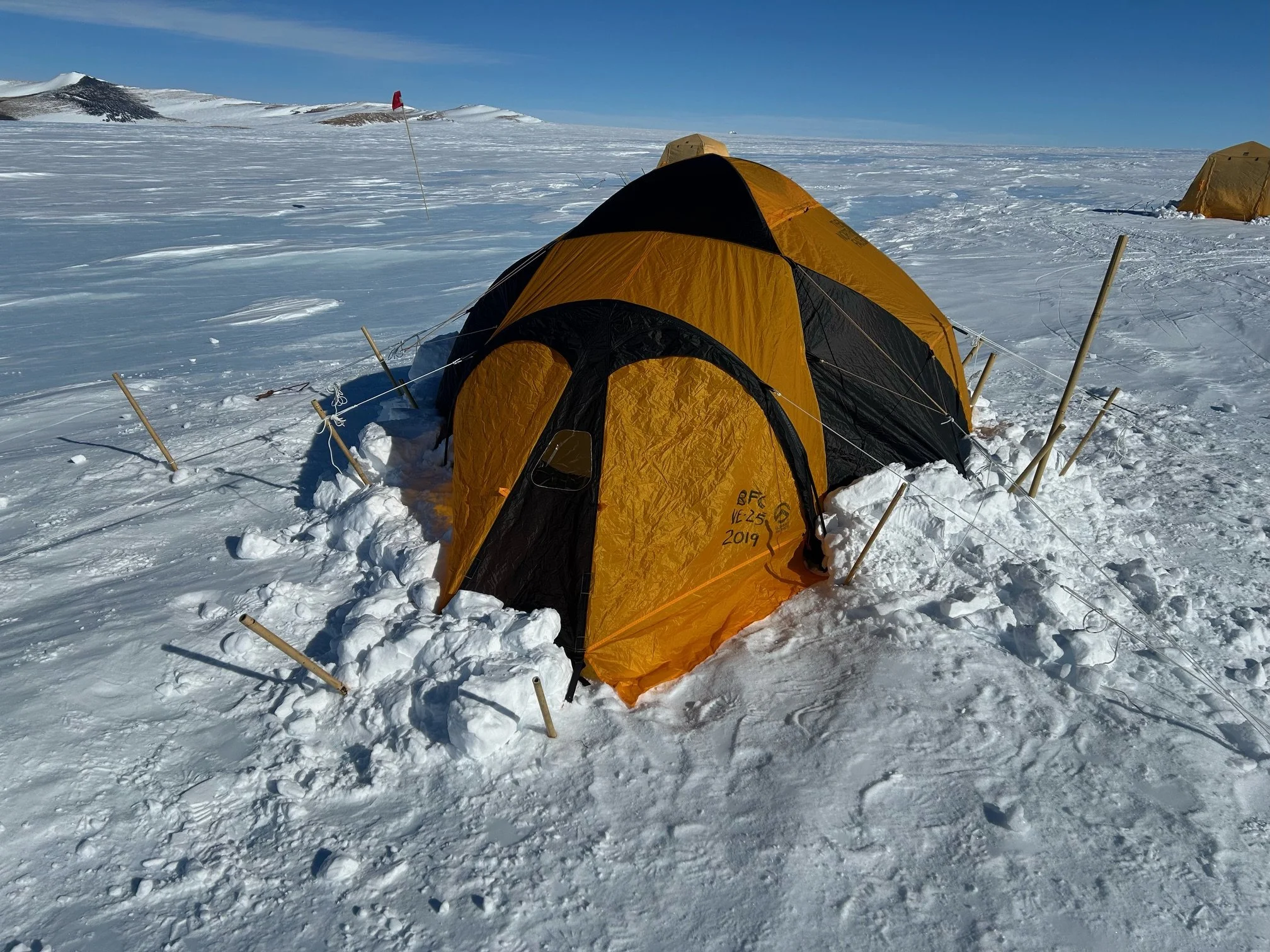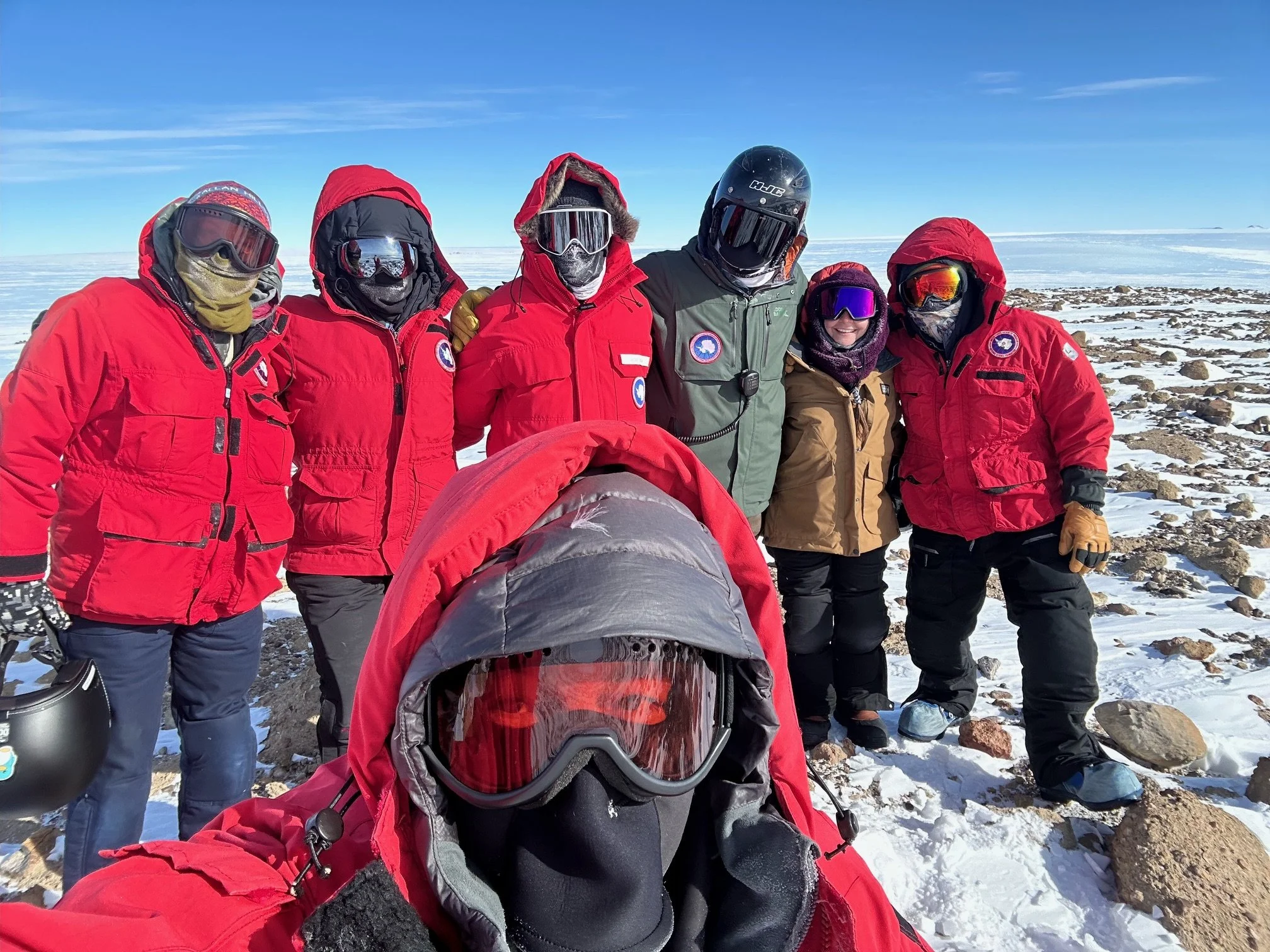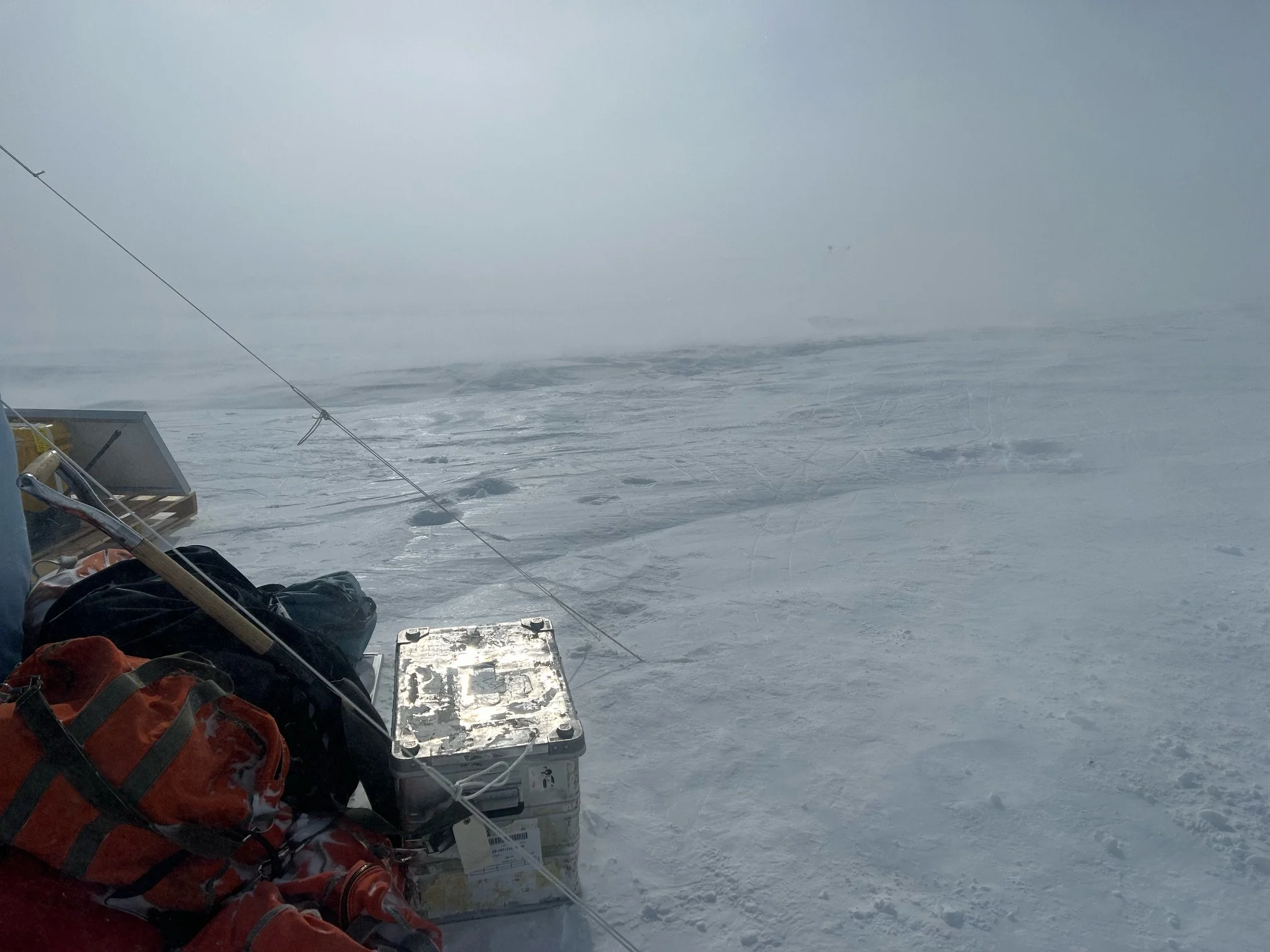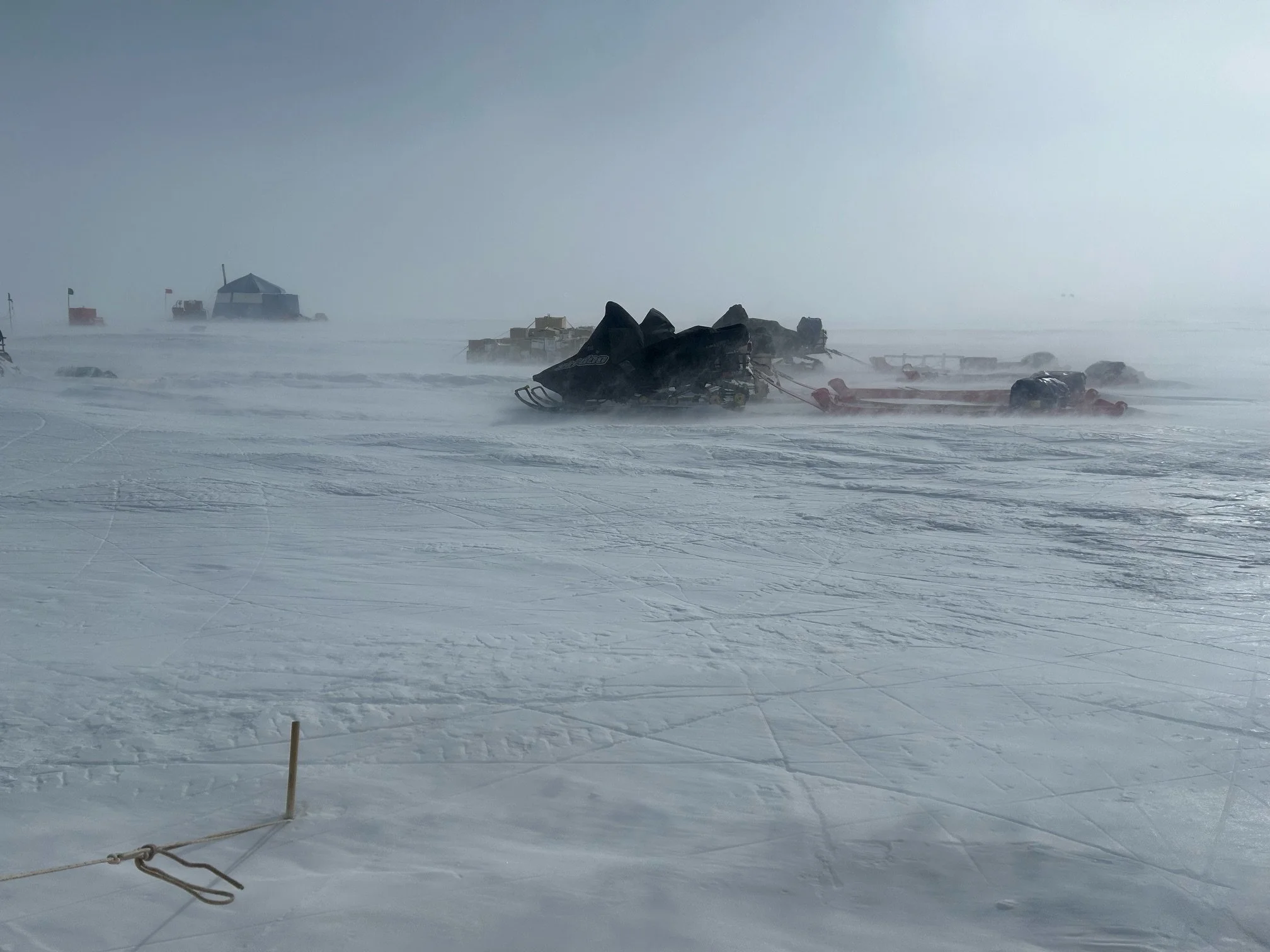NSF COLDEX field team I-187 sets up at the Allan Hills
Hello again from US National Science Foundation COLDEX! After a few weeks of settling into Antarctica, getting used to the time zone differences, and finalizing equipment preparation, our first field team has finally made it to their field site: the Allan Hills. Nestled on the margin of the East Antarctic Plateau, the Allan Hills are a group of hills home to some of the oldest ice we’ve found in Antarctica yet—ice dating to as many as 6 million years old has already been found by NSF COLDEX teams there. Drilling at the Allan Hills, however, isn’t worry-free: the area is notoriously windy and cold, and since our team’s arrival there, they’ve already had to spend multiple days hunkered inside their tents, unable to make progress due to hazardous conditions outside.
Science Team Co-Leader for the I-187 Team and Research Associate Professor at the University of Washington T.J. Fudge shared some updates with us in the following post, featuring images by him and other members of our team:
“The Allan Hills team (I-187) is all together. We have had a successful week of getting cargo and half of our personnel out to the field, despite challenging weather conditions. It's been windy, even for the Allan Hills, making camp set up a slow and difficult process. We are grateful for the support of ASC and Kenn Borek air for keeping us on schedule. If the weather cooperates, we should be drilling ice cores [soon].
To start, I’ll focus on the sleeping tents. We have three types of tents people are using. Each person is getting their own tent, although the weather was too windy to get everyone’s tents up right away.
The Scott tent is an Antarctic classic. It’s great in high winds - but hard to get set up in high winds. The entrance is quite interesting and requires either a crawl or a lunge through the circular portal door. It’s made for two people to sleep and cook in, although we are using them as singles this season. We don’t cook in them, but we do use the stoves for heat, boiling water, or espresso. One advantage of Scott tents is the height allows standing. One downside is that they are drafty because they have vents on top.

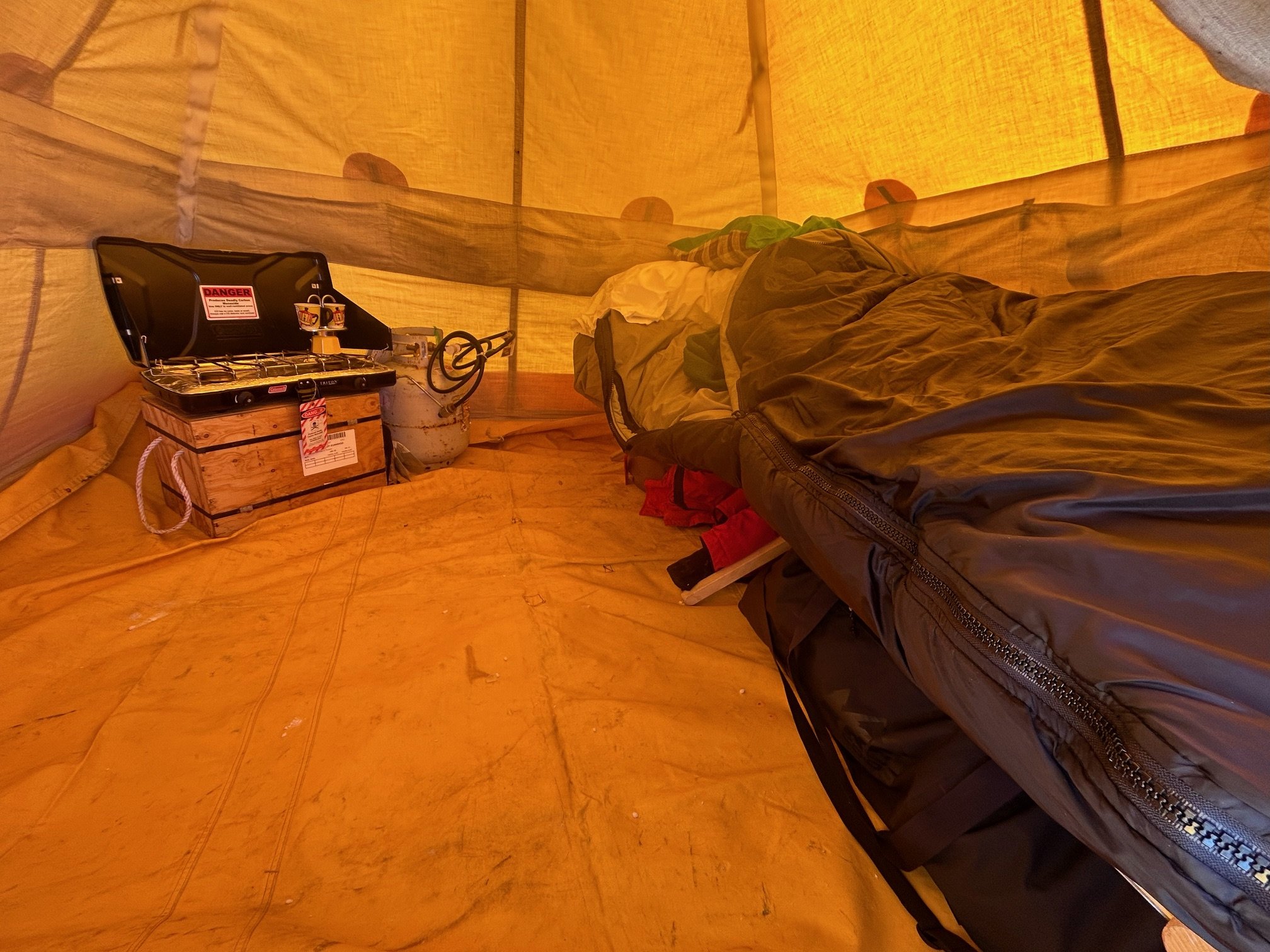
Another type of tent people are using is what we call a mountain tent. These are North Face VE25 tents for mountaineering. They are much lighter than a Scott tent and much more similar to your typical camping tent. They are easier to set up but take more care as the lighter materials can tear. These tents are pretty low. We use cardboard (which we used to ship our cargo) under the tent to insulate from the cold. This tent would fit 2 or 3 people for mountaineering, which allows space for an individual to stretch out and manage all of our stuff.
Image by T.J. Fudge.
The third tent is an Arctic Oven pup. This is the type of tent I previously used at the West Antarctic Ice Sheet Divide ice core site. It’s not as tall as a Scott tent but bigger and more robust than a mountain tent. It fits two, which we did the first night, but it is much more comfortable for one.”

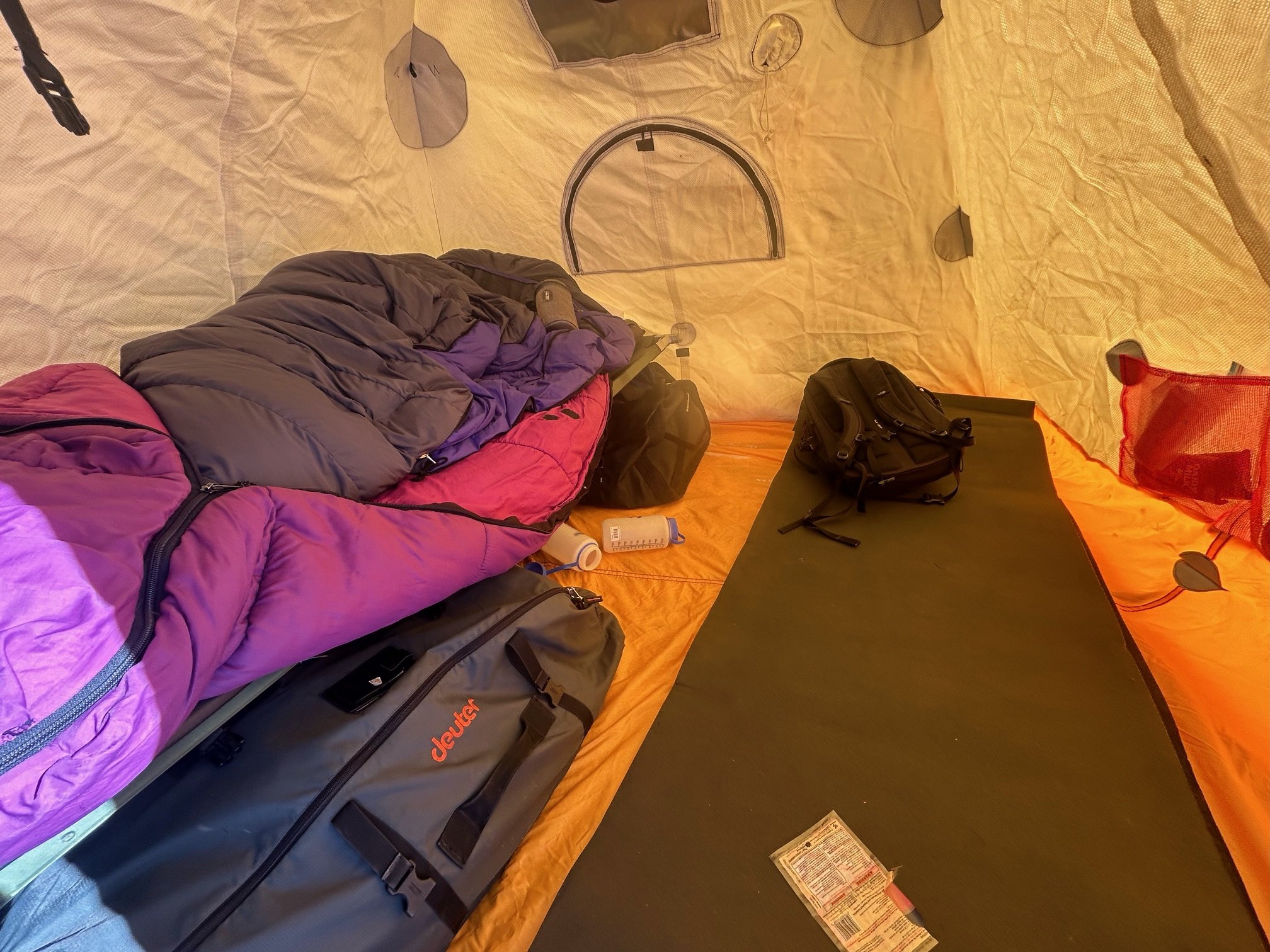
The team took advantage of the clear weather one day to visit our the site of a core we drilled last year, core ALHIC2302, and take a small hike on a nearby nunatak—an Inuit word for the summit of a peak that emerges out of an ice field or glacier that otherwise covers the rest of the mountain.
While the team wakes up every day hoping to be able to drill for cores, weather conditions dictate much of what’s able to happen day to day. T.J. continues:
“Today at our morning meeting we had big plans. That ended abruptly when I stepped out of our group tent and saw this:
Image by T.J. Fudge.
Blowing snow. When I walked in from my tent 1.5 hours earlier, it was clear and only -29C with 20 knot winds, or 23 mph (aka a typical day). By the end of our meeting, the wind had picked up to 27 knots, or 31 mph, and picked up lots of snow with it. Instead of our science plans, we headed out to secure our tents and cargo.
Image by T.J. Fudge.
Then we spent most of the day in our tent and out of the elements.”
Here is another photo by science team member and and Oregon State University PhD student Abby Hudak of one of the many storms our team has had to endure since they’ve arrived at the Allan Hills.
So what does the team do when all there is to do is stay inside and wait for the storm to pass? People work, read, talk, sleep, and even make crafts. T.J. Fudge explains:
“I learned in mountaineering: “hunkering is a skill”. Sometimes, the weather is such that there just isn’t much you can do but hang tight. Today was one of those days. We could get a few small tasks done, but mostly we are just waiting for better weather.
So what do we do? We work on our computers. We play chess. We make friendship bracelets. And we also do a lot of reading and blogging, of course!”

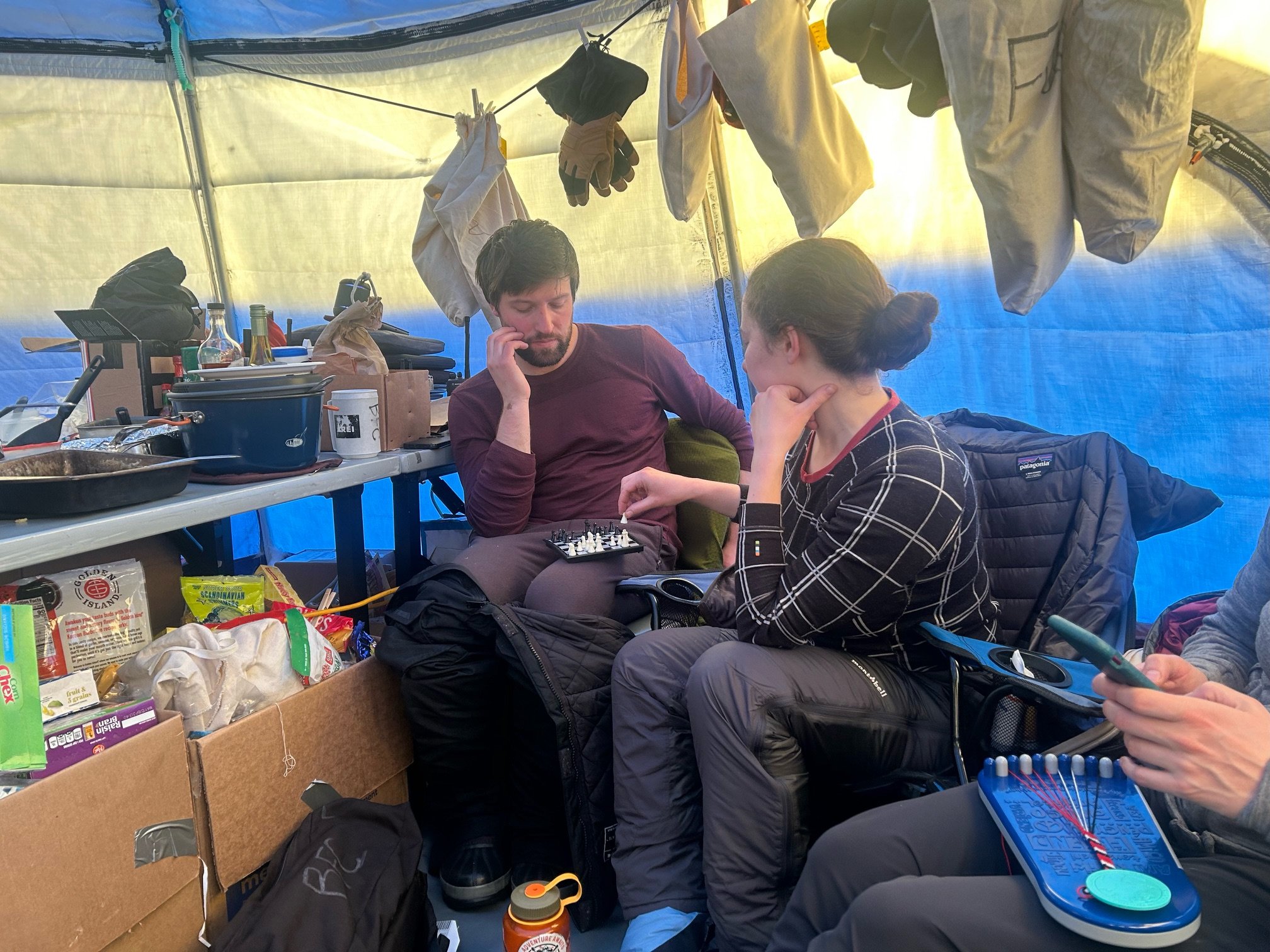

At time of publication, the Allan Hills team is still waiting for the weather to calm down so that they can continue drilling for ice cores. And our second team, the I-186 team, is arriving at McMurdo Station and preparing for their own deep field venture beyond South Pole Station soon.
Here are some more media from the team covering their arrival to the Allan Hills and what life in Antarctica is like:
Video by Abby Hudak showing wind blowing outside their tent at the Allan Hills.

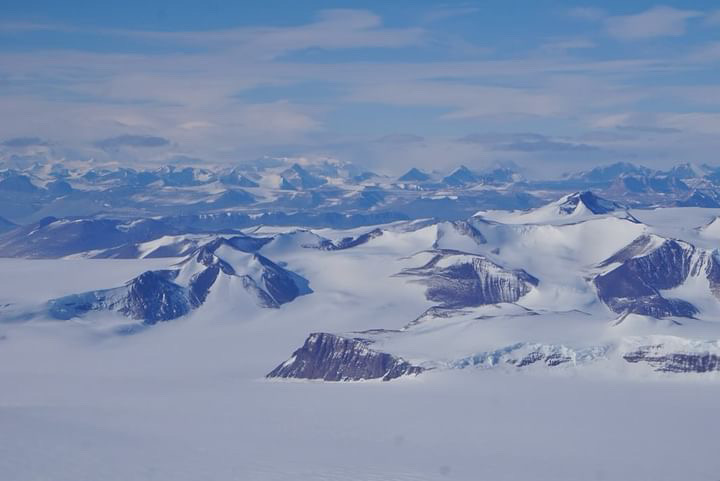
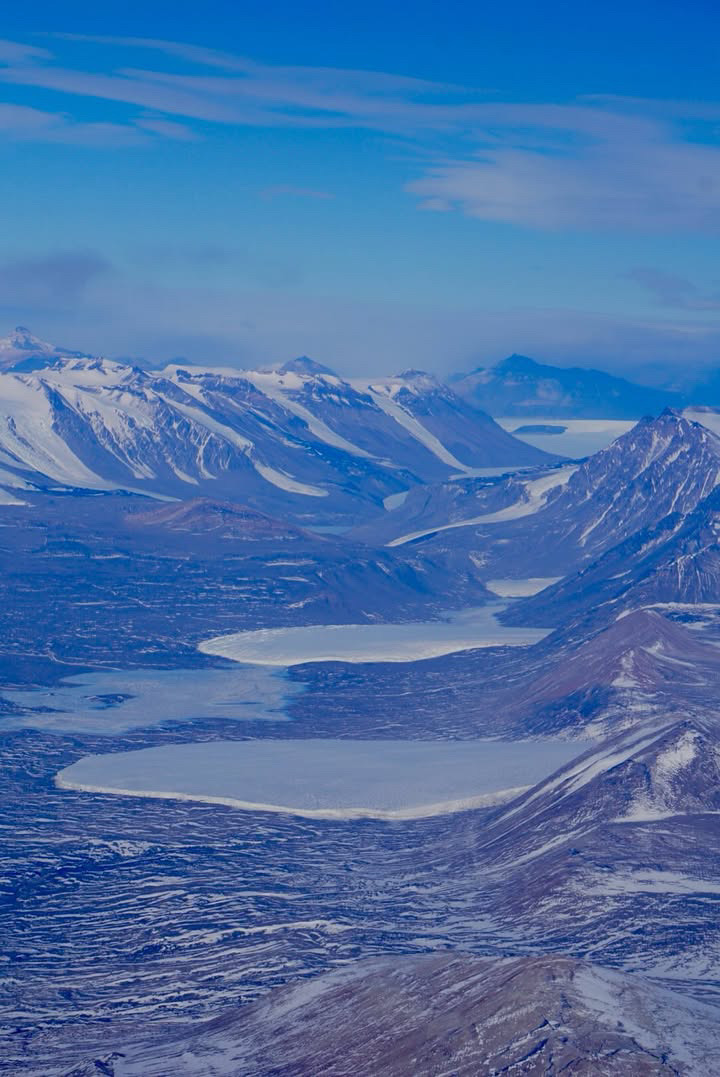
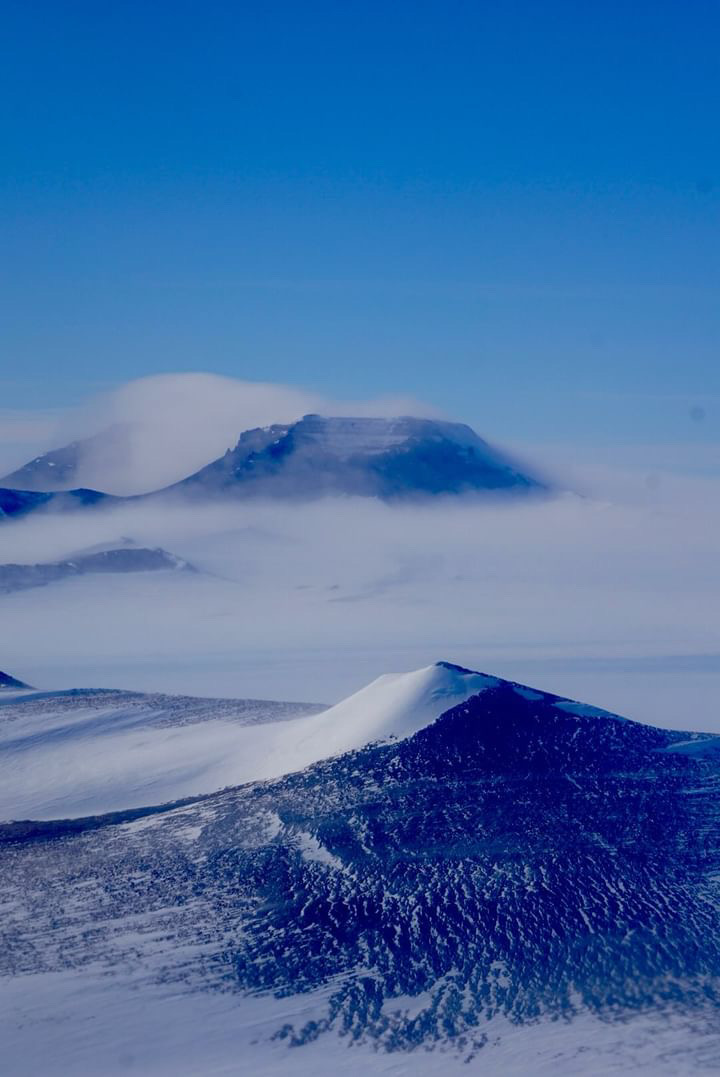
Stay tuned for more in the coming weeks as the second wave of our field team starts sending updates from their time at McMurdo, and the I-187 team drills their first cores! As a reminder, we’re posting images, videos, and more on our newly created Instagram and LinkedIn accounts, so follow us there if you haven’t done so already!
NSF COLDEX thanks the United States Antarctic Program for logistical support, with coordination and support from NSF Office of Polar Programs, NSF Antarctic Infrastructure and Logistics Program, the NSF Ice Drilling Program, the NSF Ice Core Facility, and the Antarctic Support Contractor.

